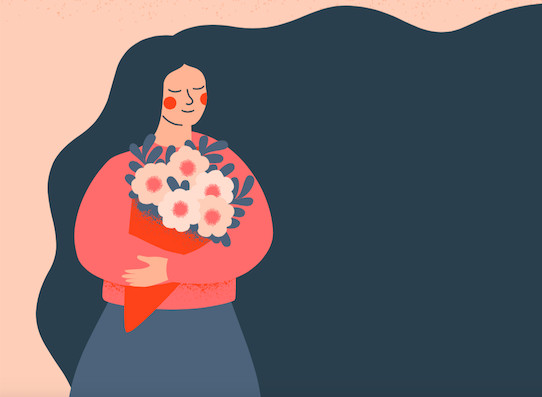
Professor Charles Spence questions whether the instability of the world around us has an effect on the psychology of taste
Tastes change, and never is that more obvious than in the era of pandemic. When the world seems like a safe place, and we are sure of our position in it, we tend to search out new flavours and exotic tastes: molecular
mixology, modernist cuisine, bring it on. However, when the global situation is much more uncertain, as it is today, many of us gravitate toward those food and drink choices that are associated with comfort and security instead. Comfort foods provide emotional reassurance, linked as they are to what our care-givers fed us when we felt weak or vulnerable as children. While it may differ from one person to the next, everyone has their own comfort food. Which is why consignation met Democratic presidential hopeful Marianne Williamson last year when she told reporters that she “has no comfort food”.
However, while comfort foods have an important role to play in helping many of us to maintain our emotional balance, it’s probably harder to find an equivalent in terms of cocktails. At least, cocktails rarely seem to make an appearance on lists of people’s favourite comfort foods and drinks. Given what we know about why people find comfort in certain foods, we might expect guests to gravitate to wine or beer in bars. For the committed cocktail drinker, comfort might more likely lie in classic cocktails over experimental or exotic mixes.
Nostalgic flavours that remind us of a happy earlier time have also seen a dramatic rise. How else to explain the explosive increase in sales of trifle soon after the present pandemic took hold? When combined with the other foods which have seen sales sky-rocket under lockdown (think ice-cream), one might be tempted to wonder whether it is softer, creamier foods (ie, those that don’t require any teeth) that we gravitate towards.
At the same time, within the spirits category, early lockdown observations had it that the traditional brands won out over the new arrivals. Relevant here, research from Mintel earlier this year reported that, when it comes to chocolate, 63% of us reach for the same brand we did as a child. It is not just our taste in food and drinks that changes with the waxing and waning of the global situation.
Sales of rounder cars – think Volkswagen Beetle – also tend to increase when the world seems like a dangerous place, while sales of angular cars increase when things are looking more positive. Long-term sales data shows a cyclical trend from round to angular and back again. I wonder if something analogous might not be going on in the world of taste too. My guess is that it will be the sweeter, creamier drinks that can deliver a more reassuring taste experience, rather than the sharp and bitter numbers, that people will be going for at the moment. You may want to think about the shape of vessel too.
One of the other consequences of the pandemic is that alcohol sales have risen. Perhaps unsurprisingly, more of us are choosing to mix our own drinks at home than was the case pre-Covid. This matches the increase in home cooking and baking that has also been widely reported.
However, given that no one likes drinking by themselves, there has also been a dramatic rise in digital commensality. I am surely not alone in getting together with a few friends online every once in a while, each of us with our own preferred tipple in hand for zoom cocktails. Welcome to the era of virtual socialising. The use of technology to connect us is an exciting challenge for hospitality experience designers at the present time. That, and tailoring one’s tipples to the changing taste profiles of one’s guests.


